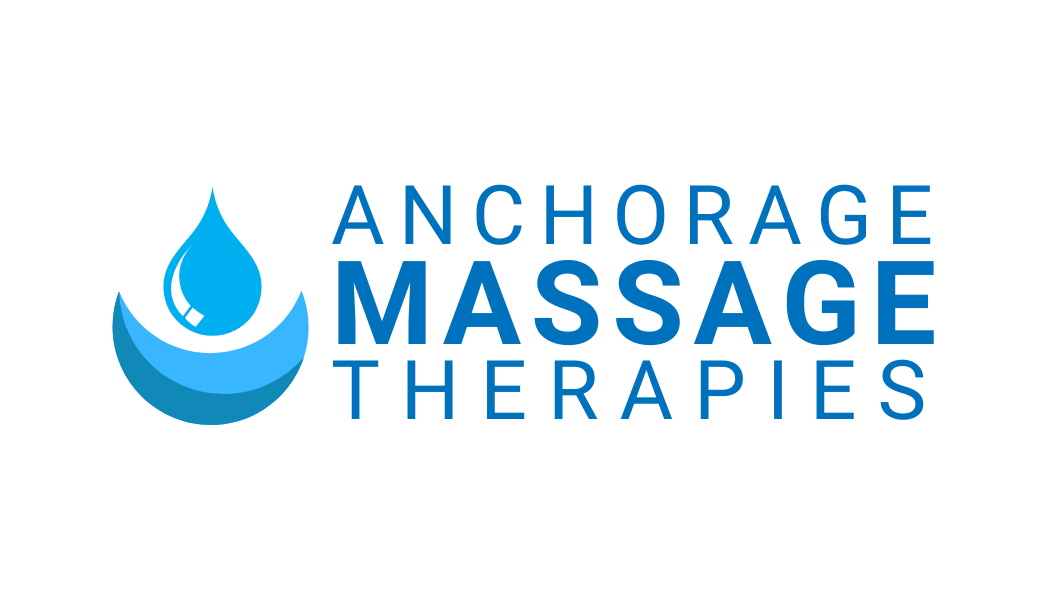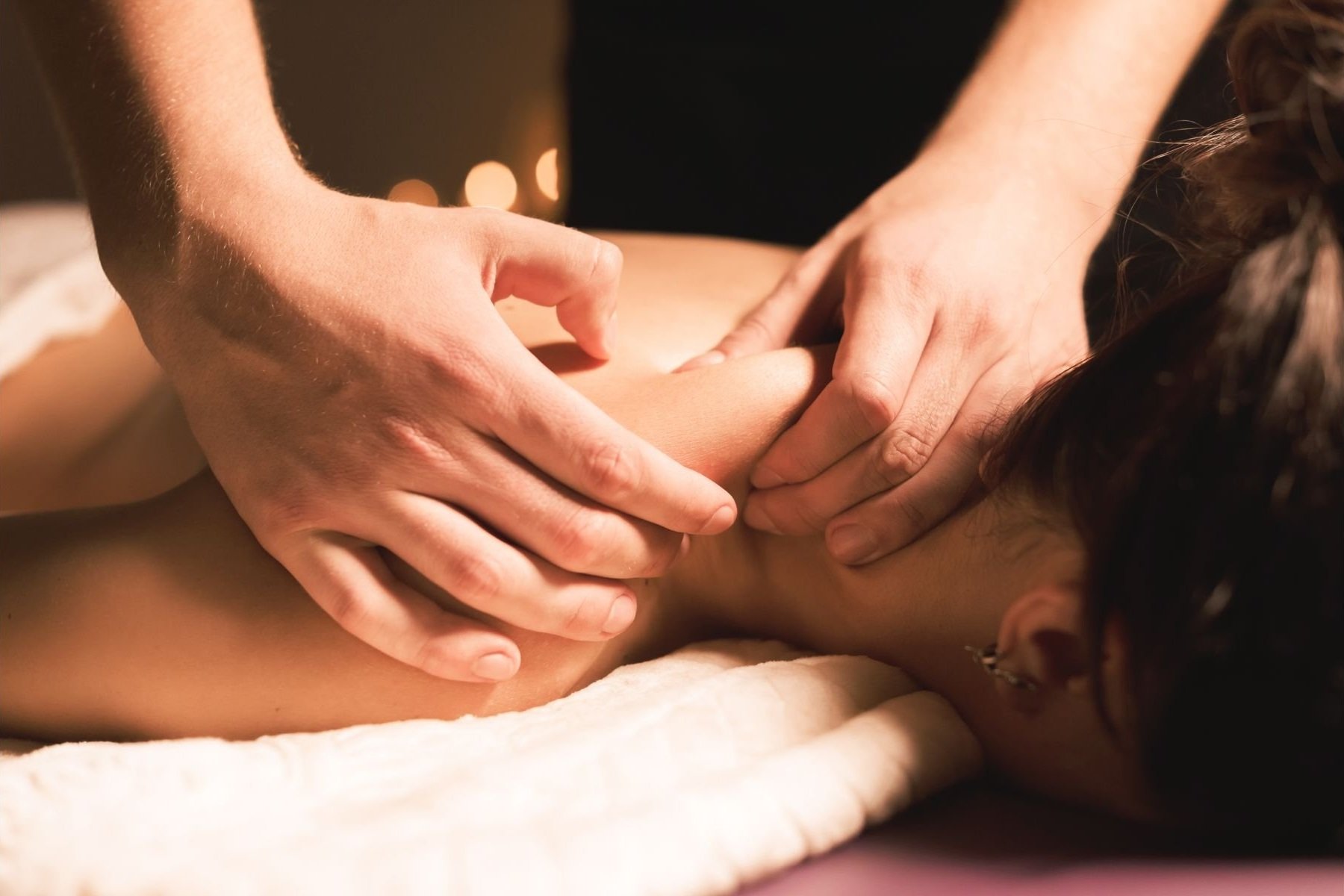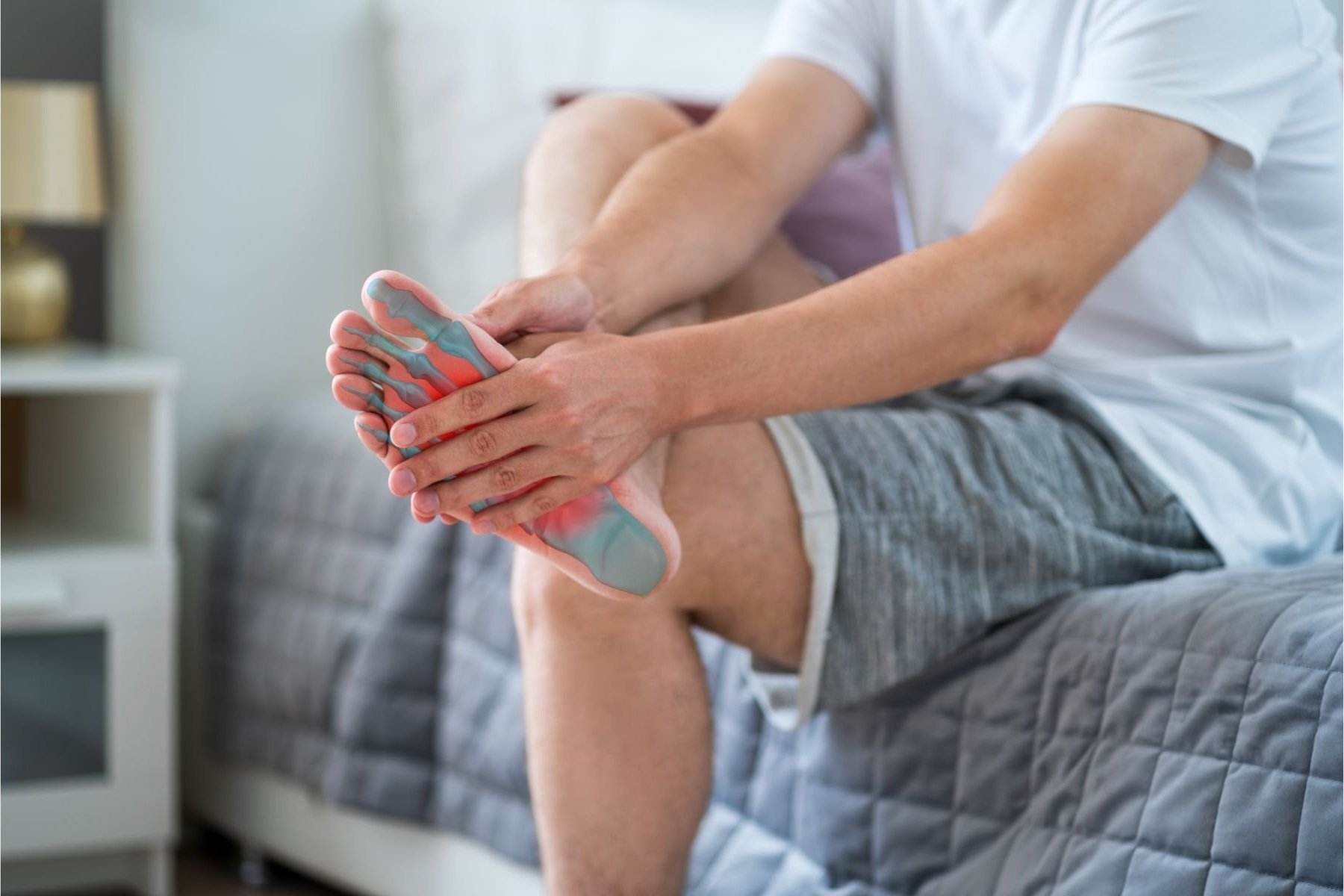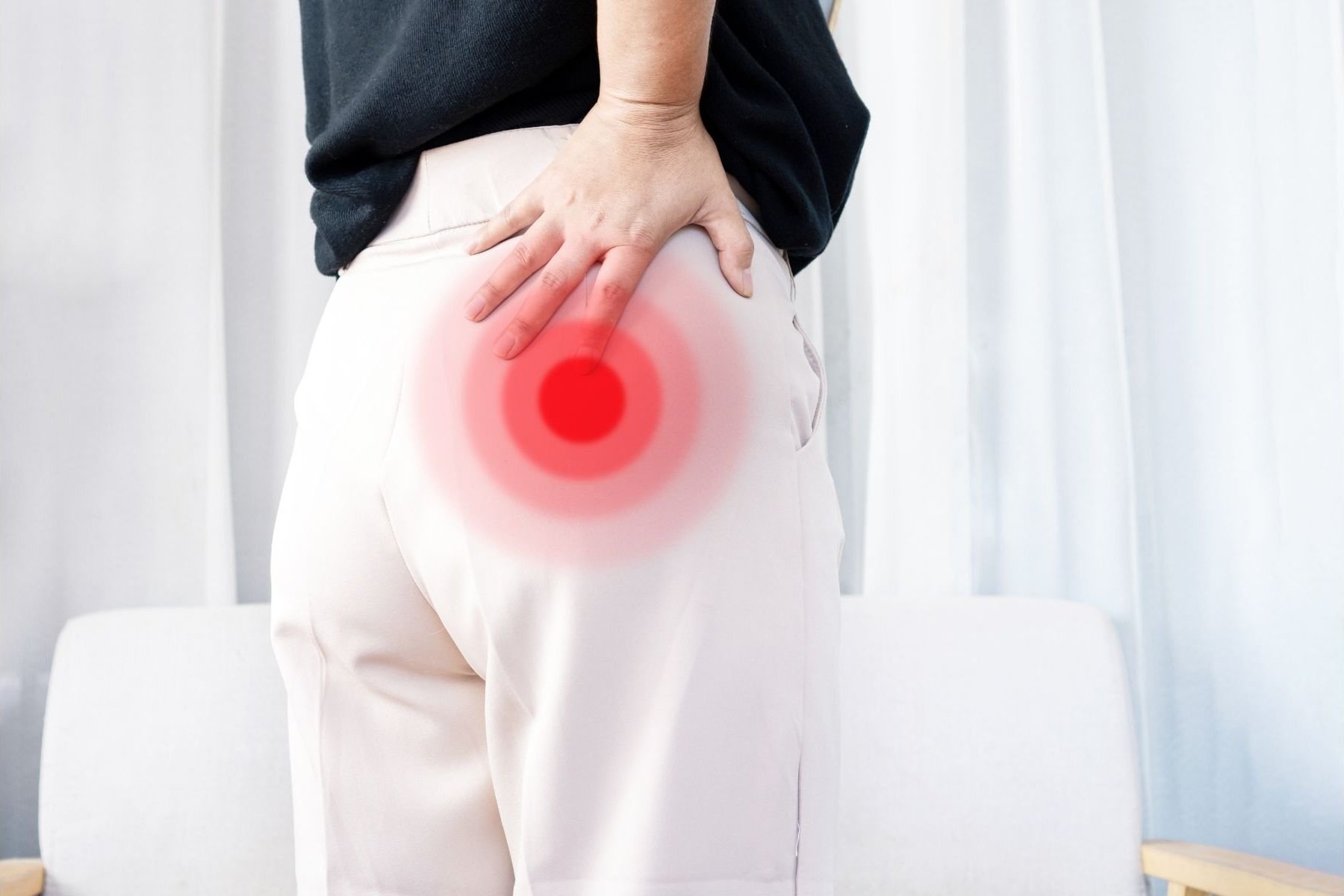Can Massage Therapy Help a Pinched Nerve?... And More of Your Questions… Answered!
Hey, you! Happy New Year! We hope whatever it is you are wishing for this year comes true.
Perhaps this is the year you finally take up cross-country skiing along our amazing Anchorage green belts.
Maybe you want to quit a bad habit, or are determined to get healthy, switch careers, or take that dream vacation.
Or maybe your goal is simpler: to just chill and relax this year. Get cozy by the fireplace, drink tea, and maybe squeeze in a massage or two.
Anchorage Massage Therapies hopes you make time for self-care, no matter what your plans are this year.
And we’re here to help.
That’s why today's blog answers some commonly asked questions about therapeutic massage therapy; from plantar fasciitis to massage guns, there’s a lot you want to know about massages, Anchorage!
We have answers.
Are you ready? Let's dig in.
When is massage therapy covered by insurance?
The most common question people have about massage therapy is if it's covered by insurance.
And, yes, it can be! But you have to follow the proper procedure and complete the correct paperwork to ensure it works how you want it to.
At Anchorage Massage Therapies, we accept insurance from Blue Cross and Aetna. We don't accept Medicaid, Primera, or any other type of insurance.
If Blue Cross or Aetna covers you, here's how the process works.
Step one: Get a referral for massage therapy from your healthcare provider
Your doctor can give you a referral for massage therapy in Anchorage for almost any health condition you are struggling with, including:
Fibromyalgia
Prostate cancer
Back pain
Migraines
Sciatica
Rotator cuff injury
Rheumatoid arthritis
Tinnitus
Psoriatic arthritis
Tennis elbow
Degenerative disk disease
Therapeutic massage therapy has been proven to decrease pain, improve mood, and speed up healing, so it's likely to benefit any health condition you have. Ask your doctor for a referral for massage therapy to treat your condition, then contact us.
Step two: We'll need your name, birthdate, and insurance plan information.
You can email this to us, then, we contact your insurance company to check your benefits.
The number of massage treatments you get through your health insurance provider and any existing co-pay amounts you may have depends on your insurance plan. We are happy to check for you and let you know your benefits.
Step three: Book an appointment.
When you book an appointment with us, we handle your billing. You may need to provide a co-pay after your appointment, but we keep track of all the medical details so you can focus on healing.
Massage therapy covered by insurance can be a game-changer for your health and your wallet, and we highly recommend looking into it.
Now that that’s covered, let's move on to another common question.
Will massage therapy help plantar fasciitis?
Plantar fasciitis is a condition that causes pain in your heel or the bottom of your foot.
The condition is common in runners, people who may be overweight, and those who wear shoes without adequate support.
Plantar fasciitis is caused by inflammation, irritation, or tearing of a band of thick tissue that runs along the bottom of your foot – aka "plantar fascia" that connects your toes to heel bones.
The pain is usually worse when first getting up in the morning, after standing for a while, or while climbing stairs. But massage therapy can help. Here's how:
Relieves tension and pain: Foot massage therapy helps relax tight muscles, especially the arch area. This relaxation helps to reduce the pressure on your plantar fascia, alleviating pain.
Improves circulation: Therapeutic massage improves circulation. By increasing blood flow, your feet get more oxygen and nutrients, which aids in relieving symptoms.
Reduces inflammation: Better circulation also helps remove waste products and inflammatory substances from your tissue, which can help reduce pain because inflammation is a crucial reason why plantar fasciitis is so painful.
Increases flexibility: Therapeutic massage can improve flexibility in your feet and loosen tight muscles and connective tissue, which may contribute to the strain on your plantar fascia.
Reduces stress: Chronic pain from plantar fascitis can be stressful. Therapeutic massage reduces stress, which helps to foster healing and pain management. It's the mind-body connection at work.
Promotes better foot mechanics: Massage therapy reduces the likelihood of further aggravating the plantar fascia by addressing tightness and imbalances in the lower leg.
We understand how painful and frustrating plantar fasciitis can be, and our therapeutic massage therapists are here to help.
Massage therapy really can help make your plantar fasciitis more manageable.
Now, let's tackle the next question.
Will massage therapy help piriformis?
If you've ever dealt with piriformis, you know it can be an excruciating condition.
Piriformis is a neuromuscular disorder when the piriformis muscle – a small muscle located within your buttocks – compresses or irritates the sciatic nerve.
This condition may cause pain, numbness, or tingling in your buttocks and along the path of your sciatic nerve descending the back of your thigh and sometimes into your lower leg and foot.
Your piriformis muscle is essential in your lower body movement because it stabilizes your hip joint and lifts and rotates your thigh away from your body. Piriformitis is often associated with sciatica and is sometimes mistaken for sciatic nerve pain.
To further clarify, piriformis is an issue with your muscles, and sciatica is an issue with your nerves.
But therapeutic massage can help both by:
Reducing pain: Your massage therapist can help relieve tension around the piriformis muscle, which helps reduce the pressure the muscle may have on your sciatic nerve, which can help reduce pain.
Increased blood flow: Improving your circulation in the affected area helps deliver essential nutrients to your muscles while at the same time boosting your body's ability to get rid of waste products and toxins from the area, which reduces inflammation and can help you feel better.
Breaks down scar tissue: If scar tissue has developed due to an injury, your massage therapist can help break it down, allowing for better movement and reduced pain.
The benefits of therapeutic massage work the same no matter what condition you're struggling with, and they're benefits you can't get from any other type of therapy, which is why therapeutic massage can be so transformative when it comes to improving your health and boosting your quality of life.
But what if you want to give it a go on your own? Here's another question we sometimes get.
Are massage therapy guns worth it?
A massage therapy gun, sometimes called a percussive therapy device, is a tool used to manipulate your muscles on your own or with the help of a friend or loved one.
Whether or not they're worth it… is really up to you.
The therapy guns can be beneficial for supplementing the human touch of massage therapy on your own time and for less money.
Massage guns can help to penetrate muscle tissue, relieve soreness and stiffness, and increase flexibility.
Since massage guns are portable, they can also be super handy to pack for traveling or used when a massage therapy appointment doesn't make sense, like during the acute stage of an illness.
Some of our clients like massage therapy guns to use at home in between sessions, but most prefer the genuine human touch of a massage therapist.
Who wouldn't, right?
Holistic healing modalities are certainly gaining popularity, which is probably why this next question is popping up more often.
What massage therapy is also known as acupressure?
Acupressure and massage therapy are not the same thing.
Acupressure is based on Chinese medicine and stimulates the body's natural energy flow.
Massage therapy, on the other hand, focuses on manipulating the body's muscles.
The closest thing we offer to acupressure is trigger point therapy. Trigger points are tight bands of muscle fibers usually connected to larger muscles.
By pressing on trigger points, our therapeutic massage therapists can help reduce radiating pain and relieve muscle tension, but the intention is not to improve "energy" flow in your body.
The intention is the difference between acupressure and trigger point therapy. That said, regardless of the purpose, trigger point therapy can help get you out of pain if you're interested in trying something similar to acupressure.
Can massage therapy help a pinched nerve?
Ouch! We’ve all been there. One minute you're fine, and then suddenly… pain.
Whether you tweaked something while carrying a heavy box, shoveling snow, or you’re just… ahem… getting a little bit older… pinched nerves are a big reason people seek massage therapy; and YES, our massage therapists can help treat it.
A pinched nerve happens when surrounding tissues, such as bones, muscles, cartilage, or tendons, apply too much pressure to a nerve.
You can pinch a nerve anywhere, but common areas include the neck, back, and wrist.
Massage therapy can help a pinched nerve in the same way it helps almost any condition: Better circulation, blood flow, reduced stress, improved healing, and reduced inflammation.
Whatever muscle you need us to work on, the benefits of our massage therapies are usually the same, and work in the same way that makes your body and mind feel better.
Start your New Year with us
There you have it! Your top five questions about massage therapy answered!
From practical insurance tips to plantar fascitis and acupressure to massage therapy guns, our therapeutic massage therapists are always happy to answer your questions about how massage can transform your life.
You can ask us anything during your appointment or email us in advance.
We've got you, Anchorage and Happy New Year!








